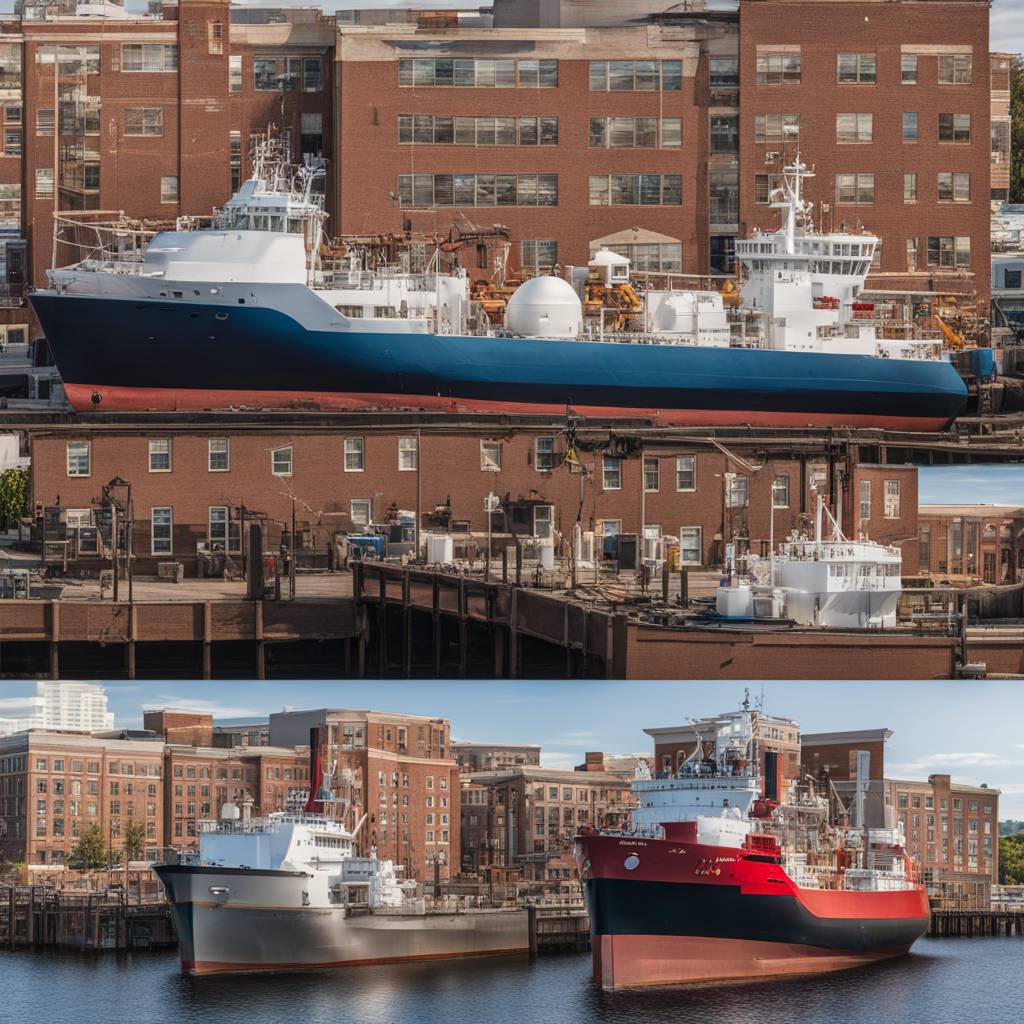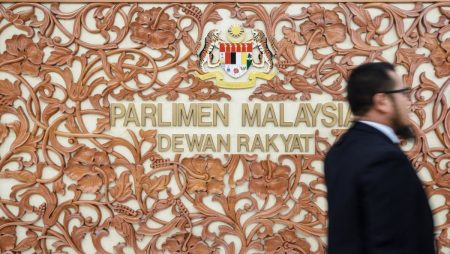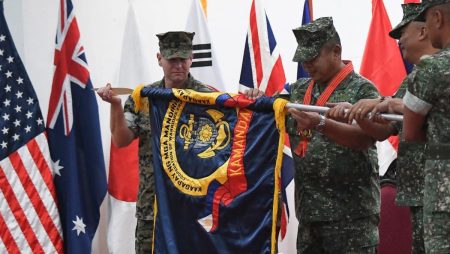The owner and manager of a cargo ship involved in the collapse of Baltimore’s Francis Scott Key Bridge have filed a court petition seeking to limit their legal liability for the deadly disaster. This petition, known as a “limitation of liability” petition, is a common procedure for cases that fall under US maritime law. The ultimate responsibility and the amount owed for the catastrophe will be determined by a federal court in Maryland.
The Dali, the vessel that lost power and collided with the bridge, is owned by Singapore-based Grace Ocean Private Ltd, while Synergy Marine Pte Ltd, also based in Singapore, is the ship’s manager. The joint filing aims to cap the companies’ liability at about US$43.6 million. The value of the vessel is estimated to be up to US$90 million, and it was carrying freight worth over US$1.1 million in income for the companies. The estimate also takes into account repair costs of at least US$28 million and salvage costs of at least US$19.5 million.
Under an 1851 maritime law provision, the companies are seeking to limit their liability to the value of the vessel’s remains after the incident. This mechanism has been commonly used in other significant maritime disasters as a defense strategy. All claims related to the incident must now be filed through this proceeding as part of the legal process, according to maritime law attorney James Mercante.
A report from credit rating agency Morningstar DBRS predicts that the Baltimore bridge collapse could potentially result in the most expensive marine insured loss in history. The estimated total insured losses for the disaster could range from US$2 billion to US$4 billion, exceeding the previous record held by the 2012 Costa Concordia cruise shipwreck off Italy. The aftermath of the bridge collapse is expected to generate substantial financial implications for all parties involved in the incident.













